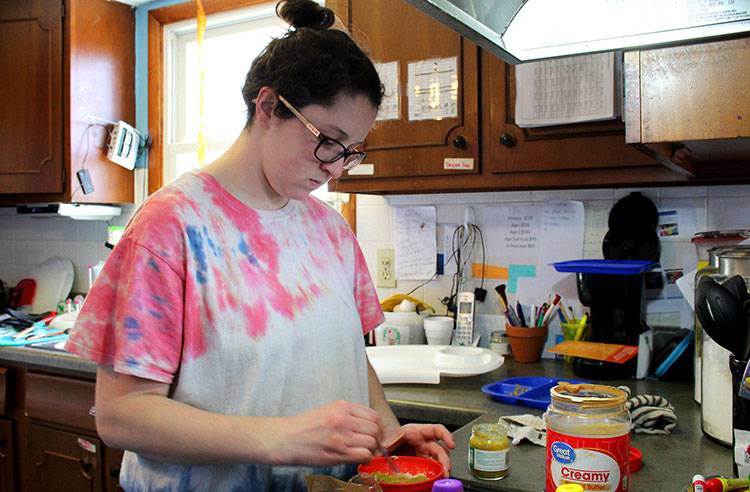
Trinaty Carr prepares oatmeal for the infant during snack time at her licensed in-home daycare. (Samantha Horton/IPB News)
A lack of child care has become an issue in many Indiana cities – not just because parents have to take days off to watch their kids, but also because that loss of worker productivity hurts municipalities hoping to grow. In Crawfordsville, officials hope to mitigate the issue by encouraging a series of unlicensed providers to boost the capacity of their in-home operations.
Inside Wabash College English professor Agata Szczeszak-Brewer’s office, markers and crayons are scattered on the floor, along with paper covered in a child's artwork.
“Just today when I was waiting for you to arrive to record the interview, I had both kids with me at the office,” she says.”
Her 20-month-old daughter was sick and unable to go to child care for the day, but for her 9-year-old son, it’s spring break and Szczeszak-Brewer was unable to find a place that would watch him for the week.
“So he spent the entire week with me at the office; going with me from meeting to meeting, going to the classroom while I was teaching,” says Szczeszak-Brewer. “So that certainly wasn’t optimal for him or for me.”
She had to cancel student meetings and dedicate work time to watching her children.
Child Care Shortage
The situation Szczeszak-Brewer describes herself in is common among young parents. A recent report from the Indiana Business Review finds it’s a common problem. The study examines the ratio of children to child care providers throughout Indiana and finds Montgomery County is one of many struggling to meet demand.
“We know it’s significant,” says Crawfordsville Mayor Todd Barton. “We’re dealing with millions of dollars in lost productivity in our community because people don't have access to child care. So they either stay out of the workforce or they lose time in the workforce based on child care issues.”
Early Learning Indiana President and CEO Maureen Weber confirms Barton’s assessment, saying a study completed by her organization and Indiana University’s Public Policy Institute found the shortage does costs communities and the state money.
“It influences business and the amount of money they’re spending to cover for team members who are having child care disruptions.,” says Weber. “It influences our overall economy as families earn less and have less to spend in their communities. And then ultimately it influences our tax coffers as well to the tune of about a $120 million annually.”
Crawfordsville faces a tough challenge: with national unemployment at 3.8 percent and Indiana’s even lower, it’s competing with other communities to attract workers. But for workers to choose the city, it has to have amenities they need, such as available daycare.
With a population of about 16,000, Barton says large corporations only locate smaller branches in Crawfordsville, meaning it’s less likely those operations will offer their own child care to employees.
Looking For Solutions
Barton has assembled a Child Care Initiatives Team to look at possible ways to address the shortage. He’s trying to work with businesses in the area similar to what Perry County is doing. There community officials and businesses collaborated by bringing groups together to form a community child care center. But the Perry County center has its own challenges, remaining on a tight budget balancing low revenue with high operating costs.
But Barton is looking at other options including outreach to unlicensed child care providers encouraging them to consider licensure, and in turn, grow their capacity.
“We’ve really reached out to those in-home childhood providers to number one reach out just offer to help them if they are consider growing,” says Barton. “Many of them are not licensed and maybe their apprehensive about that process. We want to make sure that they understand that it’s not a scary process and that we are here to help guide them and bring them along if they so choose.”
Home Child Care Providers
Trinaty Carr serves peanut butter and crackers with milk to the children gathered around a small child-height table at her in-home business, Precious Lambs Daycare.
Before becoming a licensed provider, Carr watched just a handful of children at a time, which is legal in Indiana, so long no more than five unrelated kids are being cared for at once. Eventually she decided to grow, which meant seeking a license – a move she believes made more people comfortable coming to her.
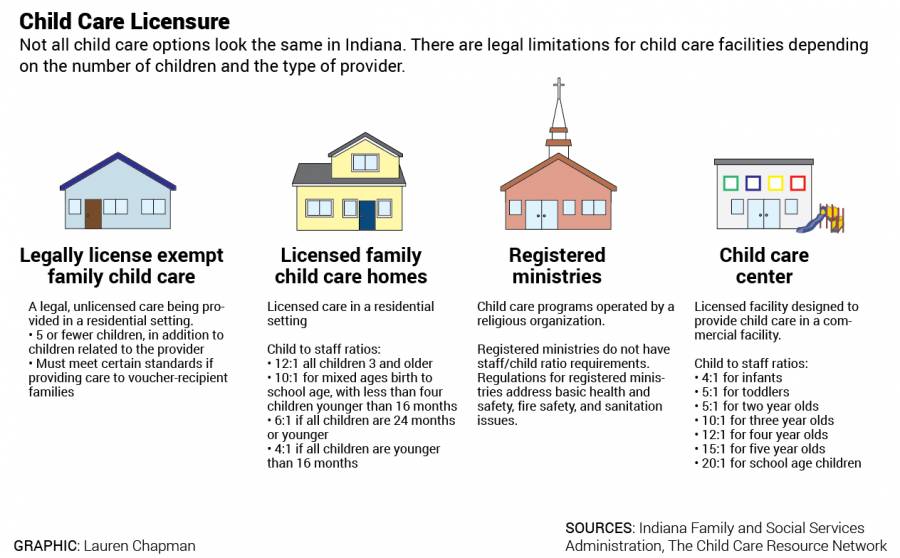
“I felt that with being licensed, parents would be more lenient towards a licensed in home because they know with license comes rules and regulations that I would have to follow,” says Carr.
Having a license has also given her the ability to get food reimbursement and take vouchers from parents. But like many daycares, a lot of her business has come through word of mouth – and that’s led to a common problem: creation of a waiting list that can go months between available spots.
Carr says Crawfordsville must have child care, so she supports others opening up their homes – as either licensed or unlicensed providers.
“When we get an opening, we fill those, but there’s always a need for care,” she says. “So if another unlicensed day care opens, they can get five; that’s five more families that get the get the care they need.”
Looking at the different types of child care the past couple of years, Indiana Family and Social Services Administration, FSSA, spokesperson Marni Lemon says licensed centers are seeing the most growth.
“We’ve actually seen an increase in child care centers in the State of Indiana over the past two years,” says Lemon. “We’ve got about 100 more than we used to which is good. Now at the same time we’ve had fewer home providers.”
For families wanting a licensed child care business, Lemon gives the state website as a resource for parents.
While encouraging quality licensure growth in the state, FSSA Child Care Facility Director Lisa Clifford, who oversees licenses, says it’s not something that can be done in a few days or weeks.
“And so the average time frame – I mean when we hand things out – we’ll say it could take them anywhere between six months to a year,” says Clifford.
Where To Go From Here?
Agata Szczeszak-Brewer is still on a waitlist for a licensed center to get her daughter into, but has been able to find a temporary spot at an unlicensed facility. And while she likes the teachers, she has concerns.
“I had to sign a document that said I was OK with the child care center not meeting fire regulations,” she says. “And we’ve had concerns with the place, though the teachers there are amazing. There are some structural problems and overcrowding. But that is our only option. So beggars can’t be choosers. We keep our daughter there.”
Szczeszak-Brewer recognizes her privilege to be able to have options and flexibility with her job at times, but says she concerned for those who do not have the same luxury.
“I’m speaking from a really privileged position,” says Szczesak-Brewer. “I know that there are some halfway homes for women who are trying to restart their lives after divorces or domestic violence problems. And those women cannot find child care in town and therefore cannot either re-qualify for another job or start a job that they already got because they have nowhere to place their kids. So I think this is a problem across the spectrum. No matter where we work.”
She says she loves her job and has no plans to leave Crawfordsville. But if she does, she says child care availability will be her number one priority.
 DONATE
DONATE


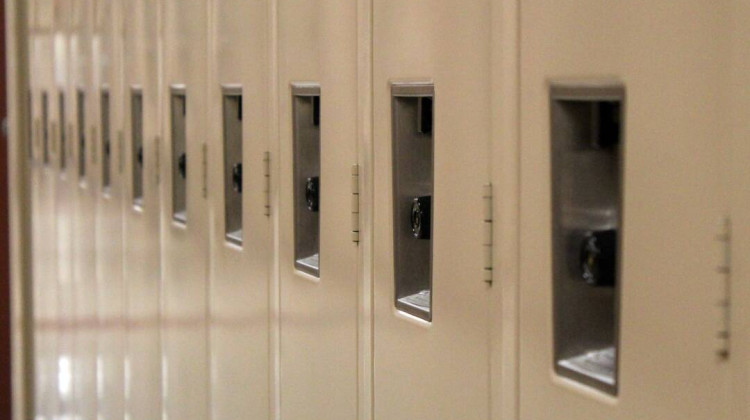
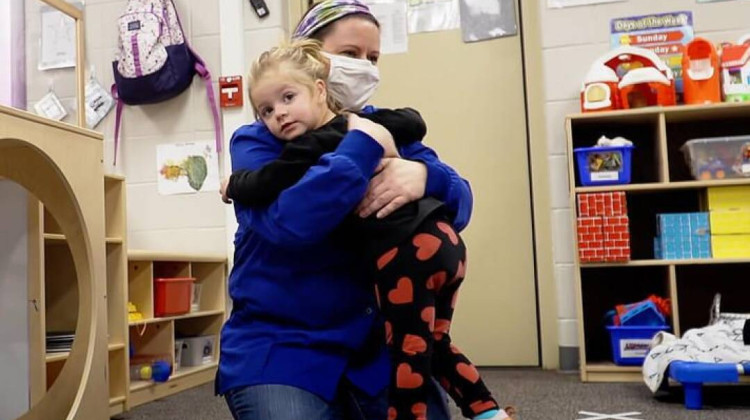
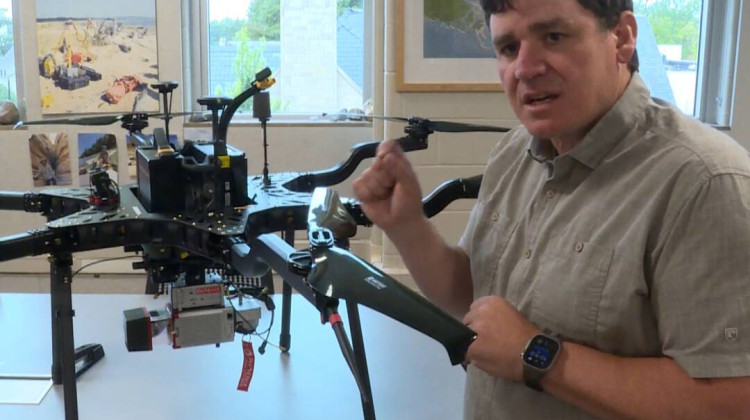



 Support WFYI. We can't do it without you.
Support WFYI. We can't do it without you.